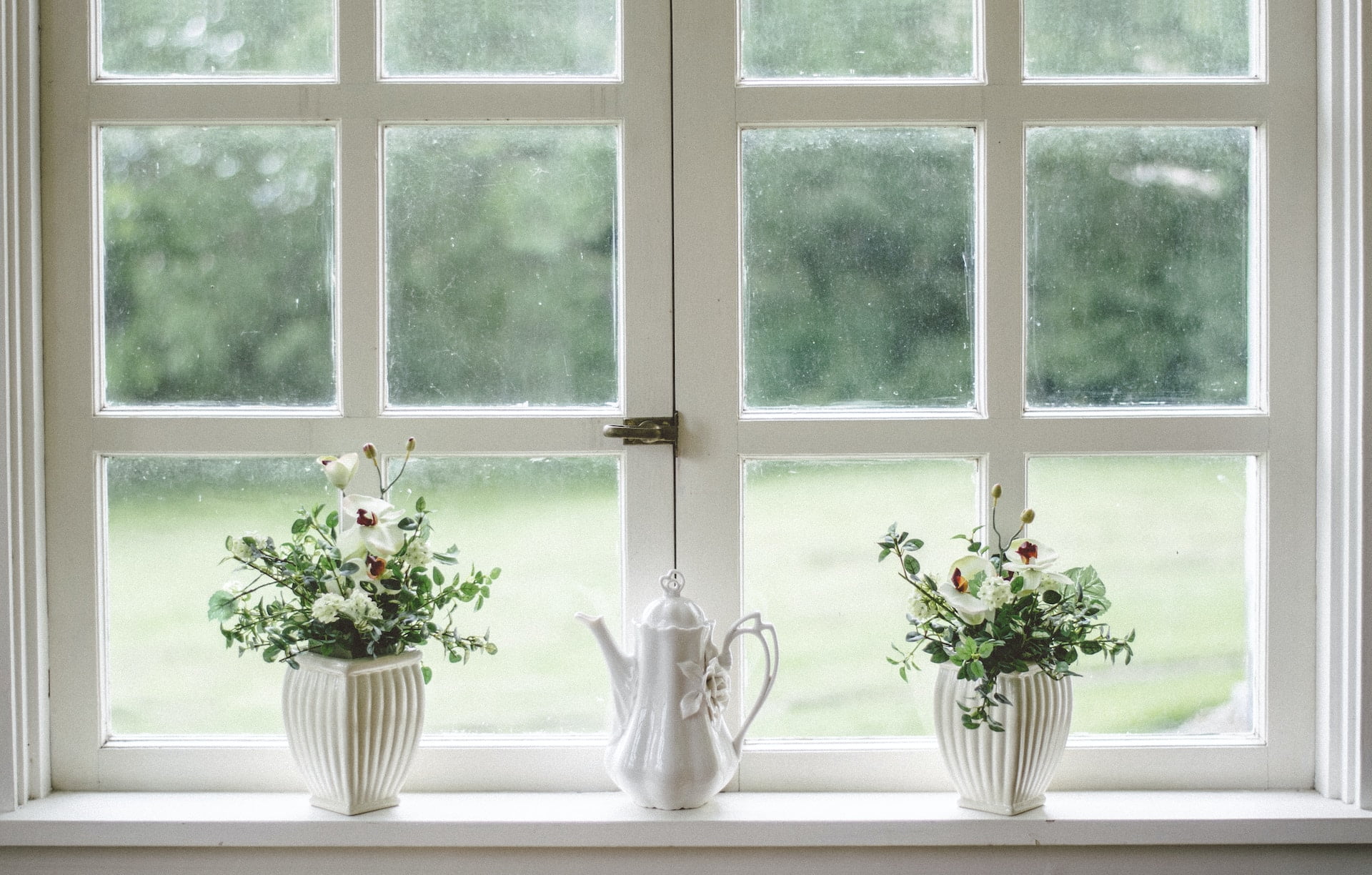5 Advantages of Secondary Glazing
Secondary glazing is a popular solution that offers numerous advantages for homeowners looking to improve the comfort, energy efficiency, and security of their homes. This secondary form of glazing involves fitting an additional window pane to the existing window, creating a layer of insulation and protection. So, let’s have a look at five awesome advantages of secondary glazing and how it can enhance the living experience for homeowners.
Improved Energy Efficiency
One of the significant advantages of secondary glazing is its ability to enhance energy efficiency in homes. The additional layer of glazing creates an insulating barrier, reducing heat loss and minimizing drafts. This helps to maintain a more stable and comfortable indoor temperature throughout the year, reducing the reliance on heating or cooling systems. Improved energy efficiency not only saves homeowners on energy bills, but also contributes to a more sustainable and eco-friendly living environment.
Enhanced Noise Reduction
Secondary glazing is highly effective in reducing external noise, making it an ideal solution for properties located in busy urban areas or near airports, highways, or railway lines. The additional layer of glazing acts as a sound barrier, blocking and dampening external noise, resulting in a quieter and more peaceful indoor environment. This is particularly beneficial for homeowners who value tranquillity and wish to create a serene living space.
Increased Security
Another advantage of secondary glazing is the added security it provides. The additional layer of glazing acts as a deterrent to potential intruders, making it more difficult for them to gain access to the property. Secondary glazing also offers a reinforced barrier against forced entry, providing homeowners with an extra layer of protection. However, to maintain this level of security, regular maintenance, and timely secondary glazing repairs are essential. By addressing any issues promptly, homeowners can ensure that their glazing system continues to function effectively, providing both safety and peace of mind, especially in high-crime areas.
Preservation of Historic or Period Features
For homeowners residing in properties with historic or period features, secondary glazing offers the advantage of preserving the original window aesthetics. Retrofitting double glazing to traditional or listed buildings may not be permitted due to preservation regulations. Secondary glazing provides an alternative solution that retains the original window design while still reaping the benefits of improved thermal insulation, noise reduction, and security. It allows homeowners to maintain the character and charm of their property while enhancing its overall functionality.
Condensation Control
Condensation can be a common issue in homes, leading to problems such as dampness, mould growth, and potential damage to furnishings. Secondary glazing helps to control condensation by creating an additional barrier between the cold outdoor air and the warm indoor environment. The extra layer of glazing reduces the temperature difference between the two surfaces, minimizing condensation buildup on the interior window pane. This helps to maintain a drier and healthier indoor environment, preventing potential damage and contributing to better air quality.
So, there we have it. Understanding secondary glazing can open homeowners up to a range of advantages, improving the comfort, energy efficiency, and security of their homes. With benefits such as improved energy efficiency, enhanced noise reduction, increased security, preservation of historic features, and condensation control, secondary glazing proves to be a valuable investment. By retrofitting an additional layer of glazing to existing windows, homeowners can enjoy a more comfortable and peaceful living environment, reduce energy consumption, and preserve the unique characteristics of their properties. Secondary glazing provides a practical and cost-effective solution for homeowners looking to enhance their homes’ functionality without compromising on aesthetics or breaking preservation regulations.




